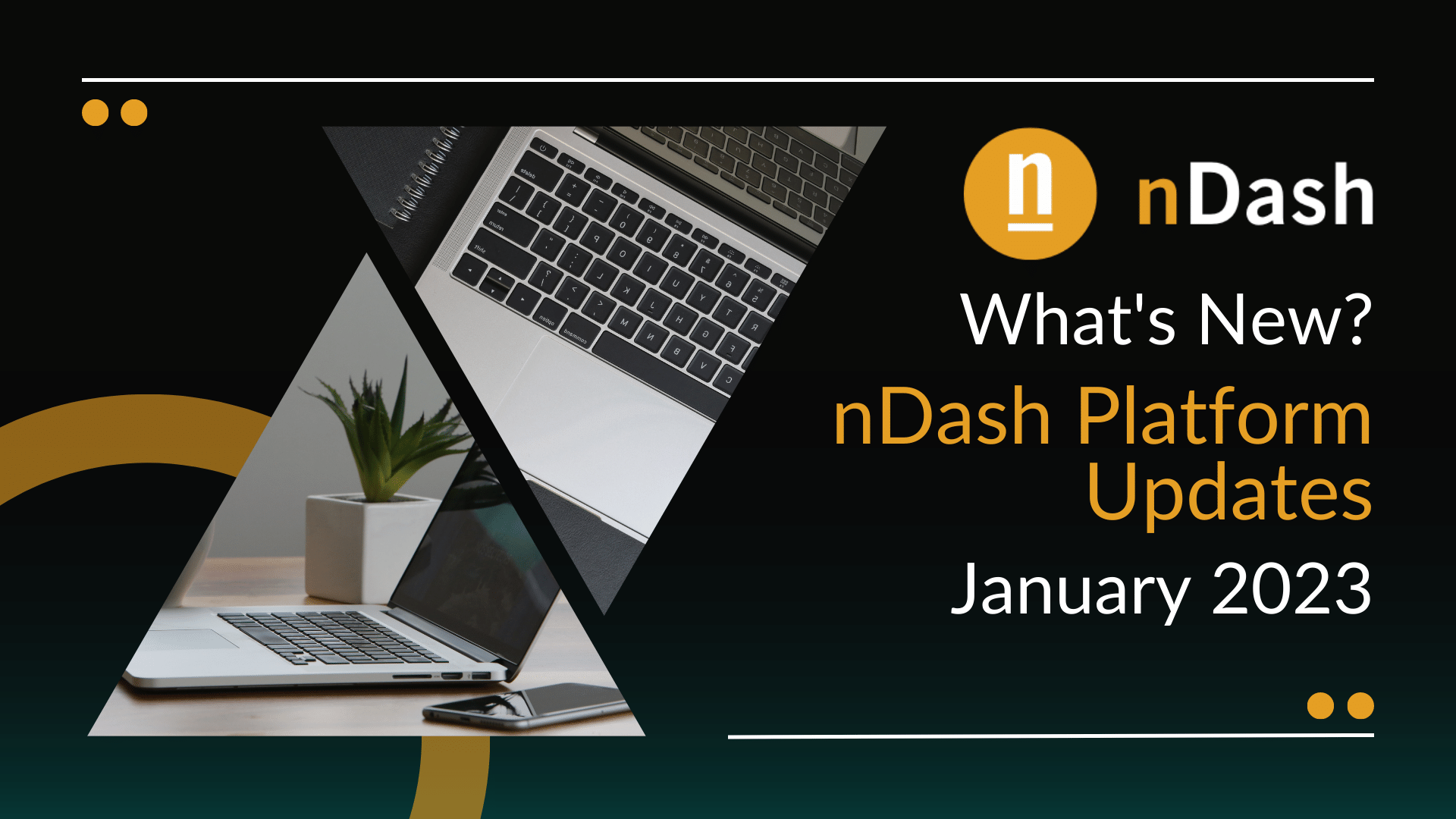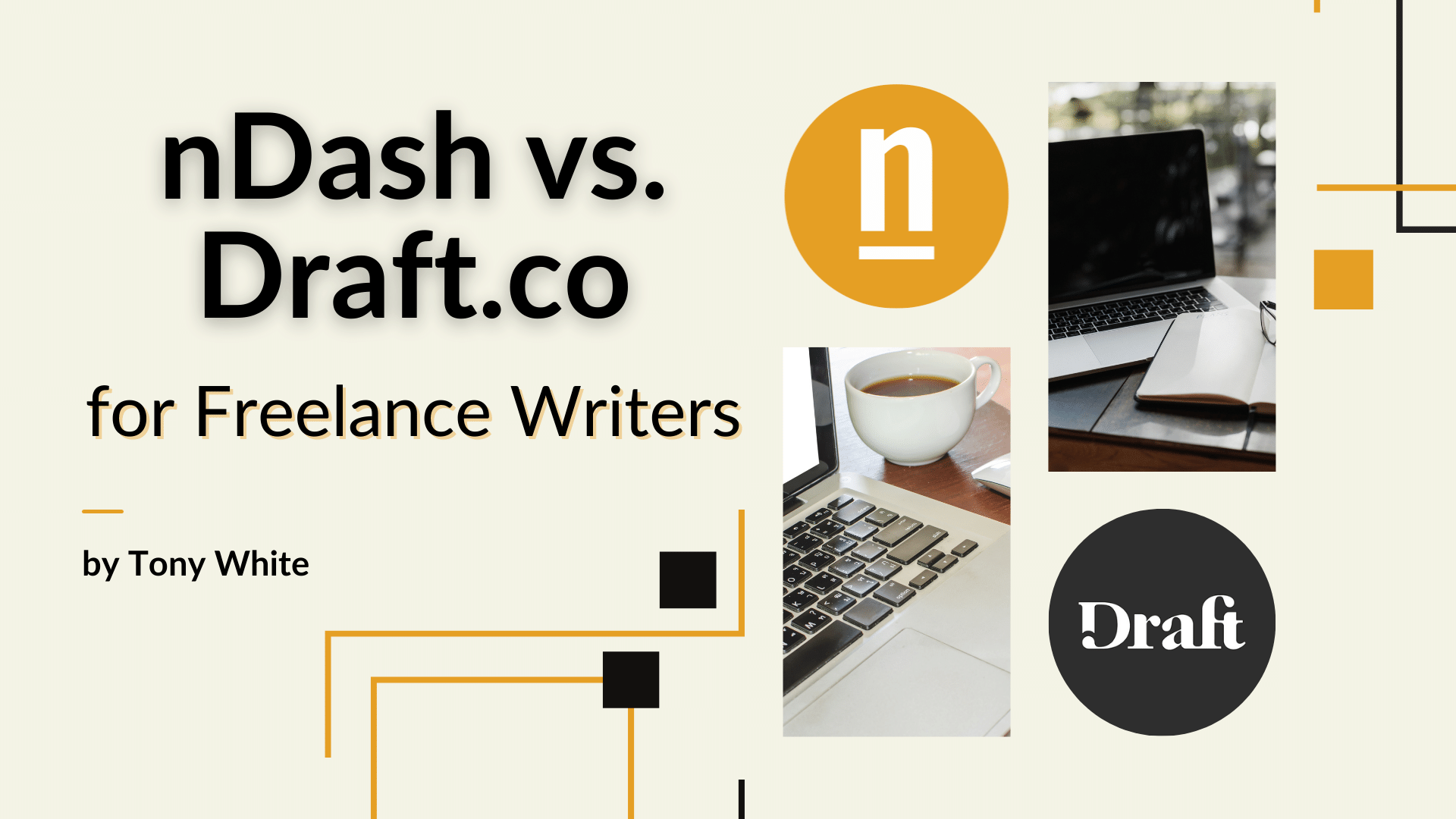What’s The Deal With The Ndash? A Deep Dive Into Its Usage And Importance
So, you’ve probably seen it before, but do you actually know what it is? The ndash, also known as the en dash, is one of those little punctuation marks that often gets overlooked. But trust me, it plays a bigger role than you might think. Whether you’re writing for work, school, or just sending a casual email, understanding how to use the ndash can make your text look cleaner and more professional.
Now, I know what you’re thinking. “Why should I care about a tiny dash?” Well, my friend, punctuation is like the secret weapon of good writing. It helps clarify meaning, adds rhythm, and makes your sentences easier to read. And the ndash? It’s like the middle child of dashes—important, but sometimes forgotten.
In this article, we’ll explore everything you need to know about the ndash. We’ll talk about its history, how it differs from other dashes, and some practical tips on using it correctly. By the end, you’ll be an ndash pro, ready to impress your friends and colleagues with your newfound knowledge. So, let’s dive in!
- Snoqualmie Pass Driving Conditions Your Ultimate Guide To Safe Winter Travel
- Kehlani Wife Unveiling The Life And Story Behind The Spotlight
Table of Contents
- A Brief History of the Ndash
- What Sets the Ndash Apart?
- Common Uses of the Ndash
- Ndash in Typography
- How to Type the Ndash
- Common Mistakes with Ndashes
- Types of Dashes: Ndashes and More
- Ndash in SEO and Web Writing
- Real-World Examples of Ndashes
- Wrapping It All Up
A Brief History of the Ndash
Alright, let’s start with a little history lesson. The ndash, or en dash, has been around for centuries, but it really came into its own during the age of printing. Back in the day, printers needed a way to indicate ranges, connections, and contrasts in text without making things too cluttered. Enter the ndash—a versatile little guy that could handle all of that and more.
Its name comes from the fact that it’s roughly the width of the letter “n,” which makes it longer than a hyphen but shorter than an em dash. This sizing was no accident; it was designed to fit perfectly into the layout of printed texts, ensuring balance and readability.
Over time, the ndash became a staple in typography, used by writers, editors, and designers alike. And even though we’re now in the digital age, its importance hasn’t diminished. In fact, with the rise of online content, knowing how to use the ndash correctly is more crucial than ever.
- Unveiling The Mysteries Of October Star Sign Unlock Your Zodiac Destiny
- Pink And P Diddy Connection The Untold Story Thats Got Everyone Talking
What Sets the Ndash Apart?
Here’s the thing: the ndash isn’t just any dash. It’s got its own unique role to play. To understand it better, let’s compare it to its siblings—the hyphen and the em dash.
Hyphen vs. Ndash
The hyphen is the shortest of the three and is mainly used to join words or parts of words. Think compound words like “well-known” or “mother-in-law.” The ndash, on the other hand, is longer and used for entirely different purposes. For example, you’d use an ndash to indicate a range of numbers, like “2020–2023,” or to show a connection between two things, like “New York–London flights.”
Ndash vs. Em Dash
The em dash is the longest of the three and is often used to create emphasis or add additional information within a sentence. For instance, “She was exhausted—after all, she had just run a marathon.” The ndash, meanwhile, is more subtle and precise, making it perfect for technical or formal writing.
So, while all three dashes have their place, the ndash stands out because of its specific functions and versatility.
Common Uses of the Ndash
Now that we’ve established what the ndash is, let’s talk about how to use it. Here are some of the most common scenarios where you’ll want to reach for the ndash:
- Ranges: Use an ndash to indicate a range of numbers, dates, or pages. For example, “pages 10–20” or “1990–2000.”
- Connections: When you need to connect two things that are equal or related, the ndash is your go-to. Think “Paris–Berlin train” or “cost–benefit analysis.”
- Contrasts: If you want to highlight a contrast or difference, the ndash can help. For instance, “win–loss record” or “pro–con argument.”
See how versatile it is? The ndash can handle all kinds of tasks, making it an essential tool in any writer’s arsenal.
Ndash in Typography
Typography is all about creating visually appealing and functional text, and the ndash plays a big role in that. When used correctly, it can enhance the readability and aesthetics of your writing. But here’s the catch: not all fonts treat ndashes the same way.
Some fonts have beautifully designed ndashes that fit seamlessly into the text, while others might make them look a bit clunky. That’s why it’s important to choose a font that supports proper ndash usage, especially if you’re working on professional documents or web content.
Another thing to keep in mind is spacing. Unlike hyphens, which typically don’t have spaces around them, ndashes often require a space on either side. This can vary depending on the style guide you’re following, so it’s always a good idea to double-check.
How to Type the Ndash
Okay, so you’re convinced that the ndash is awesome, but how do you actually type it? Well, it depends on your device and keyboard setup. Here are a few methods:
- On Windows: Press
Alt + 0150on your numeric keypad. - On Mac: Press
Option + -(that’s the minus key). - In Word: You can also insert an ndash by going to Insert > Symbol and selecting it from the list.
It might take a little practice to get the hang of it, but once you do, typing ndashes will become second nature.
Common Mistakes with Ndashes
Even the best writers can slip up when it comes to ndashes. Here are a few mistakes to watch out for:
- Using Hyphens Instead: One of the most common errors is using a hyphen where an ndash is needed. Remember, hyphens are for joining words, not indicating ranges or connections.
- Incorrect Spacing: As I mentioned earlier, spacing around ndashes can vary depending on the style guide. Make sure you’re consistent throughout your document.
- Overusing Em Dashes: While em dashes are great for emphasis, they shouldn’t replace ndashes in formal or technical writing.
By avoiding these mistakes, you’ll ensure that your writing is clear, professional, and mistake-free.
Types of Dashes: Ndashes and More
We’ve already talked about the ndash, but it’s not the only dash in town. Let’s take a quick look at the other members of the dash family:
Hyphen (-)
The hyphen is the shortest and simplest of the dashes. It’s used to join words or parts of words, like in “self-esteem” or “mother-in-law.”
En Dash (–)
Our star of the show! The en dash is used for ranges, connections, and contrasts, as we’ve discussed.
Em Dash (—)
The em dash is the longest and most dramatic of the dashes. It’s used to create emphasis or add additional information within a sentence.
Each dash has its own unique role, so it’s important to know when to use which one.
Ndash in SEO and Web Writing
Now, let’s talk about the practical side of things. If you’re writing for the web, you might be wondering how the ndash fits into SEO. The good news is that search engines don’t have a problem with ndashes. In fact, using them correctly can improve the readability of your content, which is always a plus for SEO.
However, there are a few things to keep in mind. First, make sure your website’s font supports proper ndash rendering. Nothing looks worse than a bunch of strange symbols where your ndashes should be. Second, be consistent in your usage. If you use an ndash in one part of your text, make sure you use it everywhere it’s needed.
And finally, don’t overdo it. While ndashes are great, they shouldn’t dominate your writing. Balance is key!
Real-World Examples of Ndashes
To help you see the ndash in action, here are a few real-world examples:
- “The conference will take place from June 15–17.”
- “The New York–London flight was delayed due to weather.”
- “The company’s profit–loss ratio improved significantly this quarter.”
See how the ndash adds clarity and professionalism to these sentences? It’s all about using the right tool for the job.
Wrapping It All Up
So, there you have it—everything you need to know about the ndash. From its history to its practical applications, we’ve covered it all. Remember, the ndash might be small, but it packs a big punch when it comes to improving your writing.
Now it’s your turn. Start paying attention to how you use dashes in your writing. Practice typing the ndash on your keyboard. And most importantly, have fun with it! Writing is an art, and mastering the nuances of punctuation is part of the process.
Before you go, I’d love to hear your thoughts. Do you have any tips or tricks for using the ndash? Leave a comment below and let’s keep the conversation going. And don’t forget to share this article with your friends and colleagues. Who knows? You might just turn them into ndash enthusiasts too!
- Is Lady Gaga Transsexual Unveiling The Truth Behind The Rumors
- Andieelle Nudes The Truth Behind The Hype

nDash Platform Updates (January 2023)

Introducing the nDash Content Creation Community Platform

nDash vs. Draft.co for Freelance Writers